Living in a railroad apartment means embracing a unique architectural quirk where rooms connect in a straight line like train cars. While this layout presents privacy and flow challenges, it’s also an opportunity to create a stunning, functional home. With smart design strategies and thoughtful renovations, you can transform these narrow, connected spaces into a stylish sanctuary that works beautifully for modern living.
Reimagine Your Room Functions
The traditional railroad layout doesn’t have to dictate how you live. Consider swapping room purposes based on natural light and your lifestyle needs. That dark middle bedroom? It might become your dream home office or cozy media room instead. The sun-drenched front room could serve as your master suite, giving you morning light and street-side energy.
Strategic room reassignment creates:
- Better natural light distribution throughout your day
- Enhanced privacy by moving bedrooms away from high-traffic areas
- Improved functionality matching your actual living patterns
- More purposeful use of every square foot
Create Smart Circulation Paths
Breaking the single-file march through every room is crucial for railroad apartment success. Installing a hallway along one side—even a narrow 3-foot corridor—changes everything. This dedicated pathway costs approximately $8,000-$15,000 , depending on length and finishes, but delivers invaluable privacy and independence for each room.
Pocket doors are another game-changer, sliding into walls to save precious floor space while allowing flexible room separation. Budget around $1,500-$3,000 per door installed.
Master the Art of Visual Separation
When structural changes aren’t feasible, visual dividers work wonders.
Clever Dividing Solutions
Open shelving units, translucent screens, and strategically placed furniture create distinct zones without blocking light flow. A bookshelf between living and dining areas defines spaces while maintaining an airy feel. Curtains offer flexible privacy at a fraction of wall-building costs.
Effective visual dividers include:
- Floor-to-ceiling bookcases that double as storage
- Sliding barn doors adding rustic charm
- Frosted glass panels preserving brightness
- Strategic area rugs defining different zones

